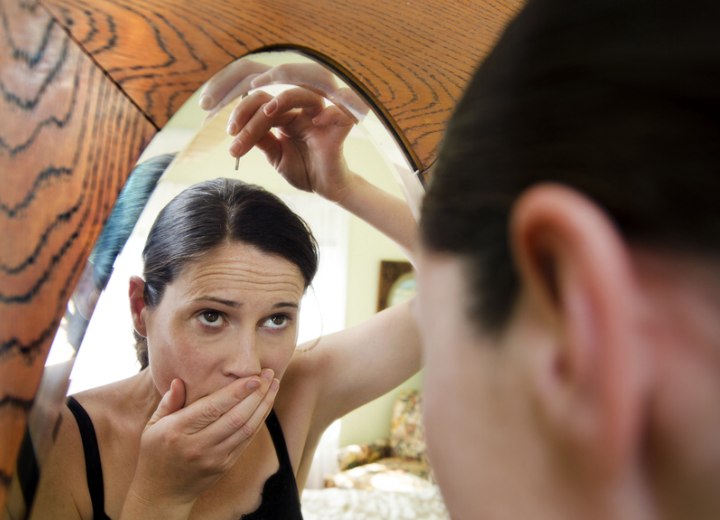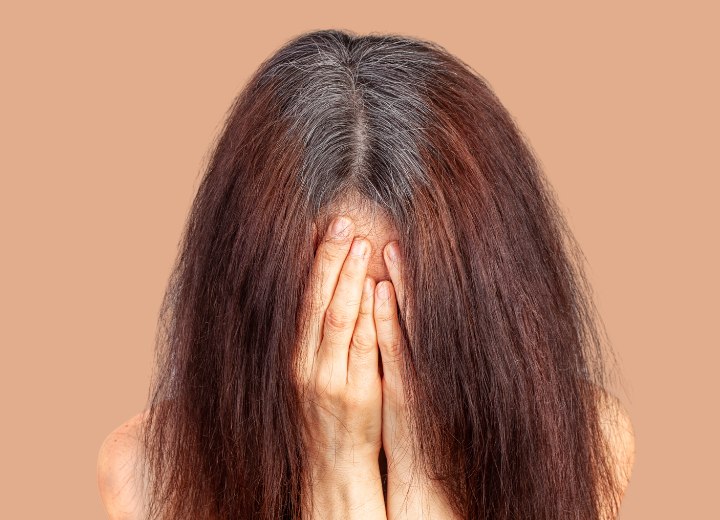Gray Hair Myths

We have collected some of the most common misconceptions about gray hair and hope to be able to shed some silver light onto the topic.
Leave those tweezers where they are. First of all, it is not true that plucking one gray hair will result in the growth of two, three, or ten new gray hairs. If you get more gray hair in a certain period of time, it will have other causes and not the plucking. What happens to one hair does not affect the others. In most cases when you pluck, the follicle remains in the scalp and the same gray hair will just regrow.
In case you damage the follicle, what can easily happen is that no hair at all will grow back. If you are talking about the hair on your head, then you will want to keep your follicles alive and healthy. This type of damage is irreversible, and to fight gray hair, a tube of color seems like a much more benign solution.
Hair turns white overnight
We all heard that story. Someone got so scared that their hair turned gray or even white overnight. It is said to have happened to Marie Antoinette before her execution and there are many more tales throughout history. There are various versions of this tale, usually involving an event or experience of ultimate horror. Movies and written media have kept the myth alive, but this is all it is, a myth.
The whole head of hair cannot turn white this quickly; it can only grow out gray or white. The existence of a medical term for a sudden graying of hair, canities subita, suggests, however, that there is something to it. What really happens in case someone's hair turns white very quickly is that extreme stress can lead to a temporary loss of hair, and only the pigmented hair falls out, leaving already gray hair behind. This stress-induced condition is called alopecia areata.

Severe shock can trigger this reaction, among many others in our bodies. The reason why unpigmented hair is not affected by it has not yet been fully explored, and there are theories about the immune system having a targeted response to only pigment-producing cells.
Even small amounts of stress can lead to consequences in your hair, which is only an indicator of other processes that occur in your body. The only remedy is to avoid stress as much as possible. Keep a good balance in your life, meditate, do yoga, and stay calm. Your hair and your health will thank you!
Too much dyeing can turn hair gray
This old wives' tale is often used to dissuade our teenagers from playing with hair color too often and excessively. No matter if it is pink, blue, or green dye, it will not affect the natural amount and structure of melanin in the hair. You can bleach it over and over, but all that can happen is that the hair becomes too brittle and breaks. New growth will have the same amount of melanin pigment and is unaltered by any chemical processes.
Smoking leads to gray hair
Not much of a tale, but rather a partial truth. While the main cause of gray hair is in your genes, there is a connection between the use of tobacco products and premature graying of hair. Several studies conducted over the last decades have discovered that smokers are about four times more likely to damage their melanin-producing cells and develop gray hair earlier than non-smokers.
Continue reading ...